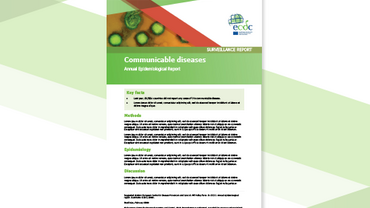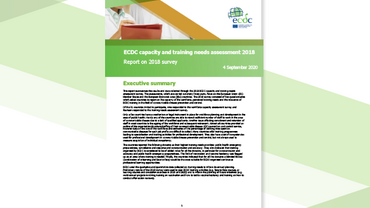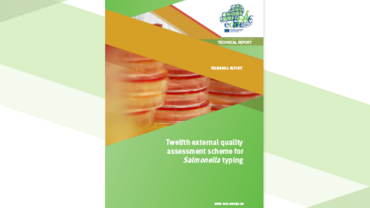Gonococcal antimicrobial susceptibility surveillance in Europe 2011
This report presents the results from the 2011 gonococcal antimicrobial susceptibility surveillance programme (Euro-GASP) and a summary of the second distribution from the 2011 external quality assurance (EQA) scheme. Twenty one EU/EEA Member States participated in the Euro-GASP programme and nineteen in the EQA scheme.
Executive summary
Effective control of gonorrhoea, the second most commonly reported sexually transmitted infection in Europe, relies on successful antimicrobial treatment. As data from the ECDC report Gonococcal antimicrobial susceptibility surveillance in Europe 2011 illustrate, gonococci have become more resistant to common agents for treatment and show reduced susceptibility to newer antibiotics.
The results show that decreased susceptibility to the previously recommended drug for treatment of gonorrhoea, cefixime, was 7.6% in 2011, a small decline as compared to the 8.7% in 2010. Seventeen countries detected isolates with reduced susceptibility to cefixime including four countries which reported these isolates for the first time. In addition, ten isolates (from two countries) with decreased susceptibility to the currently recommended drug for treatment, ceftriaxone, were detected in Euro-GASP for the first time. As control of gonorrhoea relies on effective antimicrobial treatment, the loss of the currently recommended treatment drugs would have a significant impact on public health: with more than 32 000 reported cases in 2010, gonorrhoea is the second most commonly recorded sexually transmitted infection in Europe.In response to this, ECDC launched a regional response plan to control and manage multidrug-resistant gonorrhoea in 2012 in order to minimise the impact of resistant gonorrhoea in Europe






